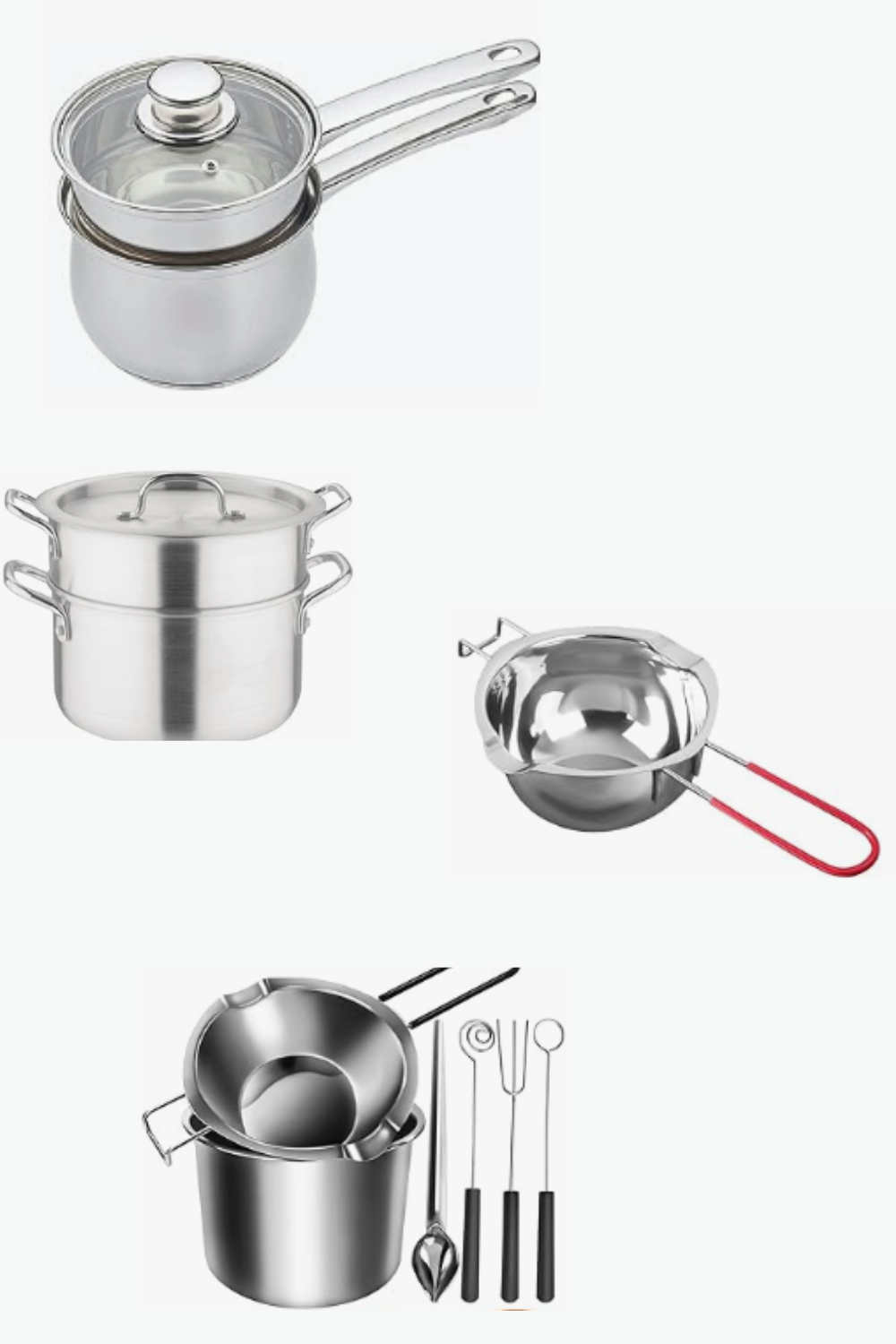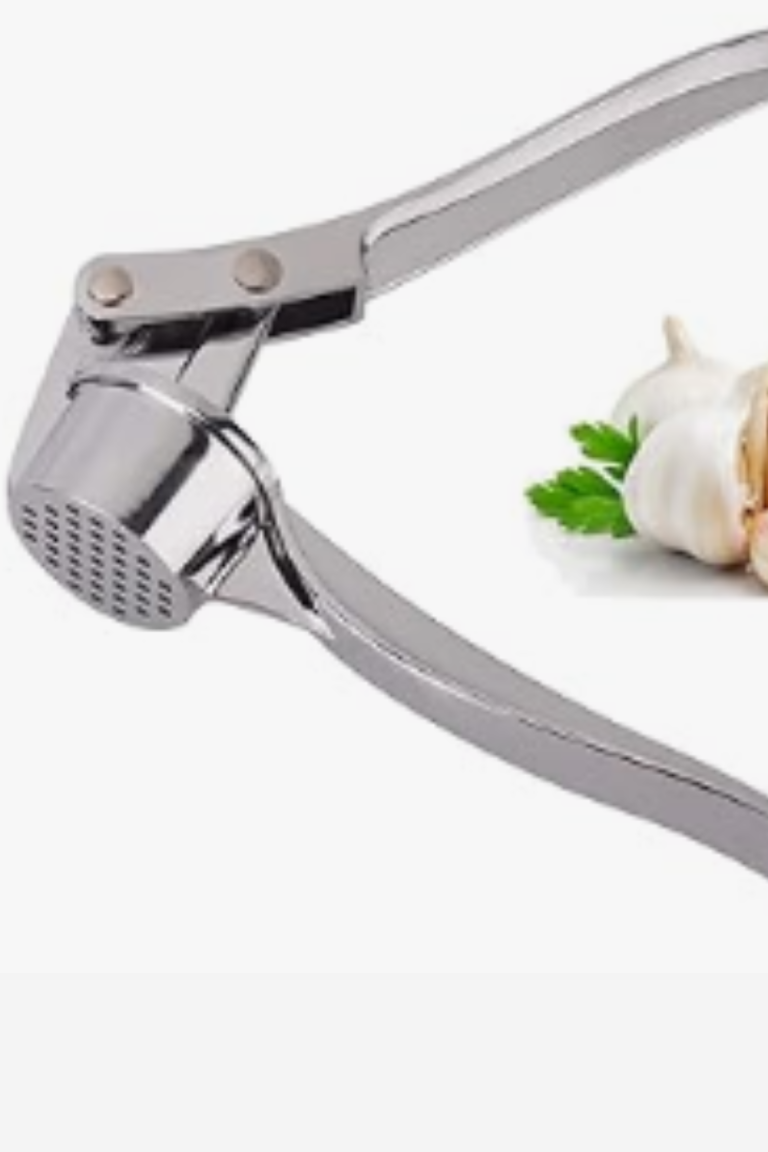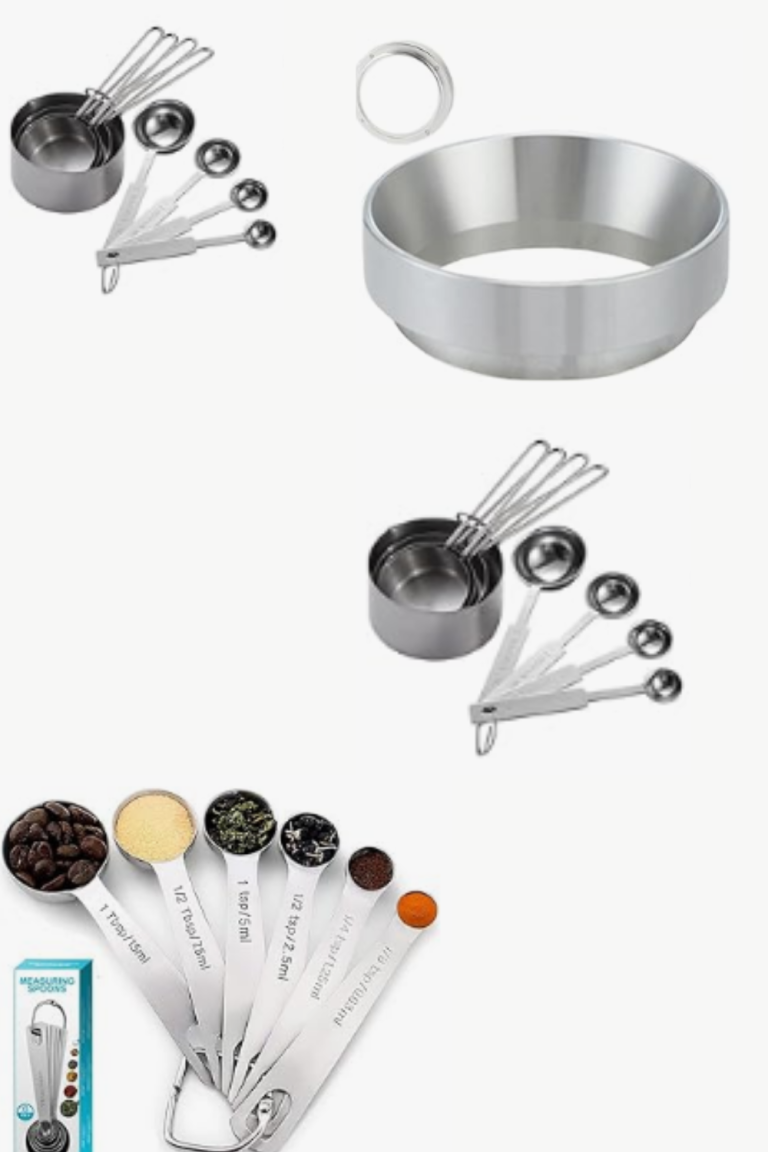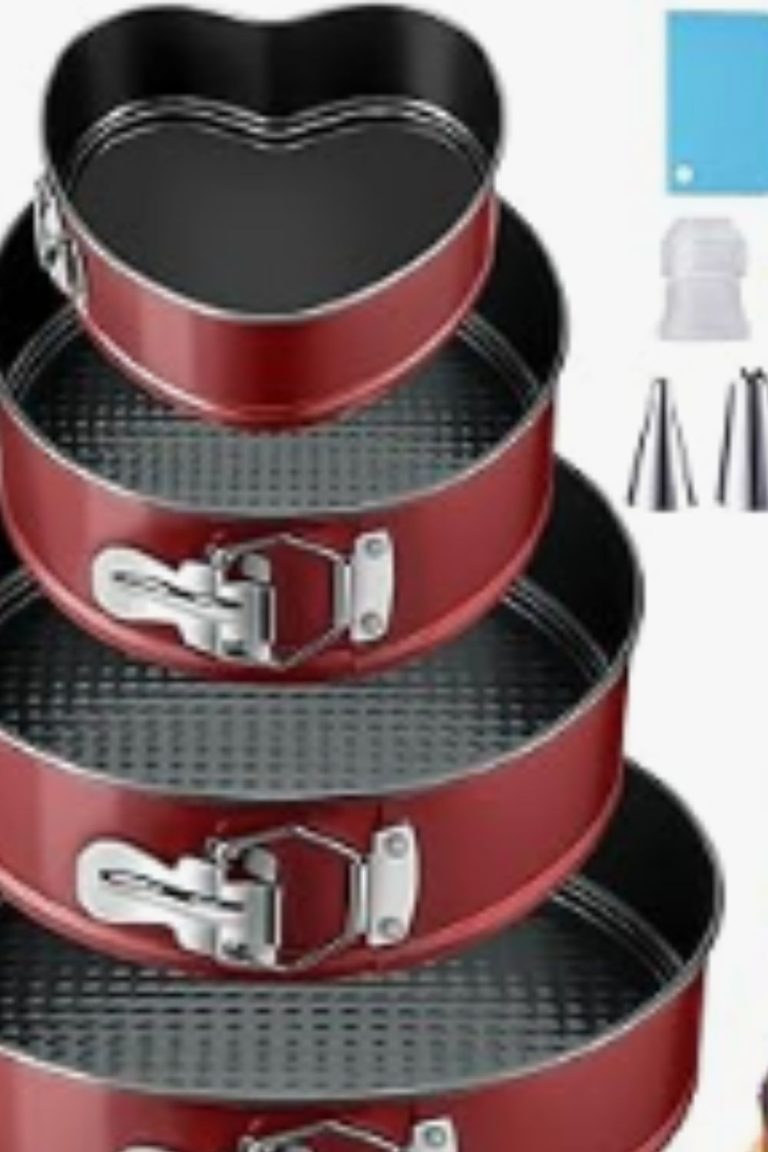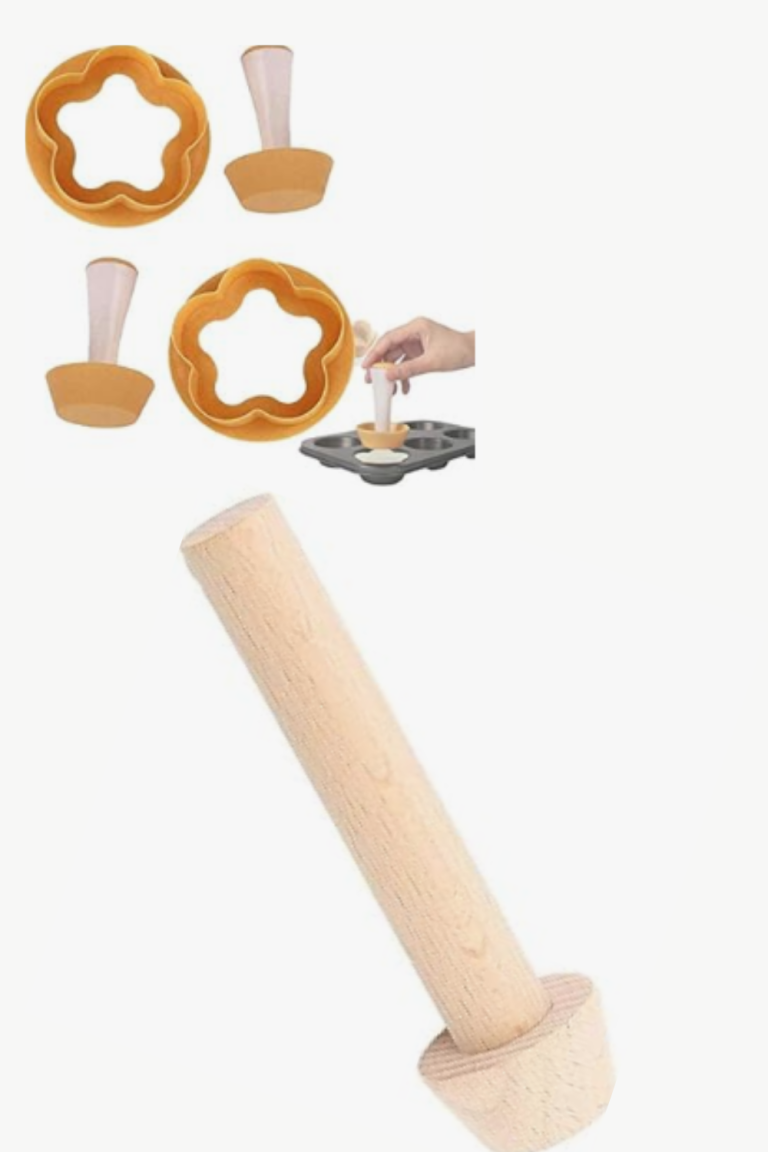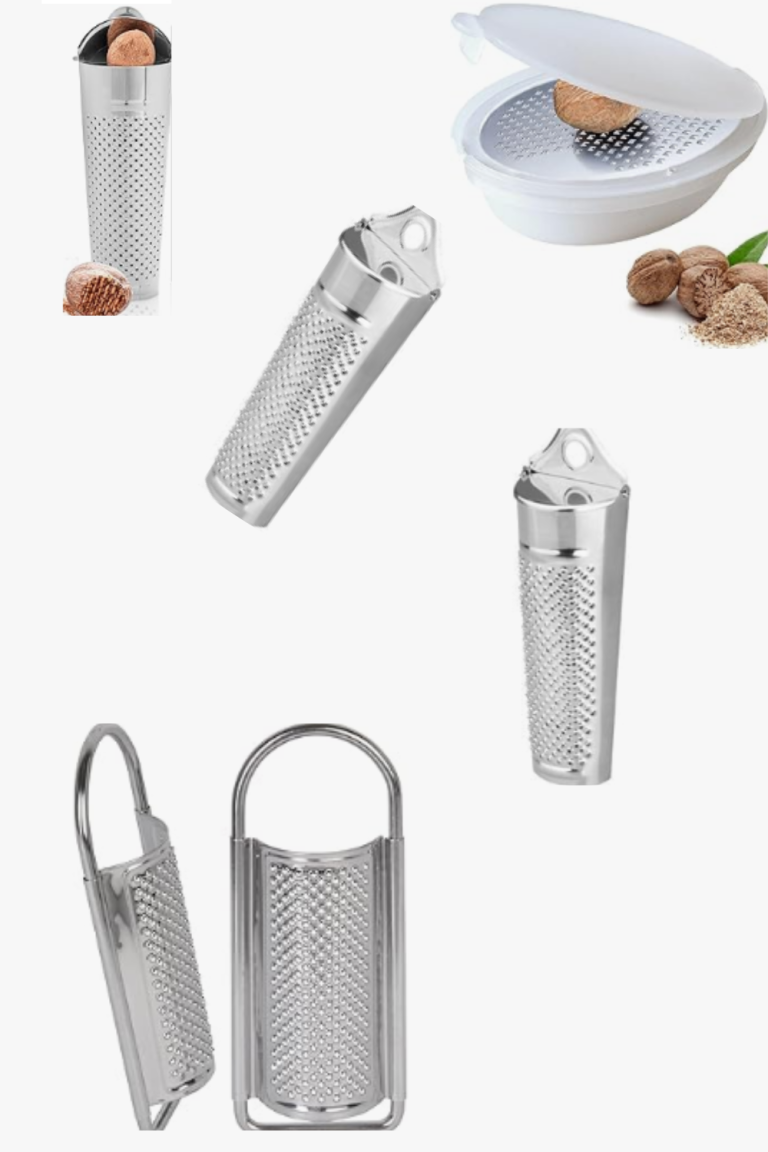DTS: Double Boiler role in cake making Clarified
In this topic, I’m going to talk about a crucial tool in cake making: the double boiler. In my own personal experience, mastering the use of a double boiler has significantly enhanced my ability to create delicate and perfectly textured desserts.
the Double Boiler: What’s Its Role in Cake Making?
A double boiler, also known as a bain-marie, is a kitchen tool used for gently heating substances such as chocolate, custard, or delicate sauces. It consists of two nested pans, where the lower pan holds simmering water, and the upper pan sits snugly on top, heating gently from the steam below.
Check out the right Double Boiler, cake tools, and ingredients that you need here <
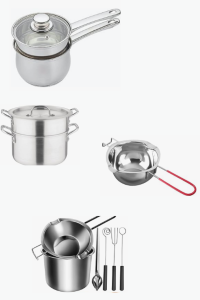
Understand Its Importance in Cake Making
When it comes to baking cakes, the double boiler plays a crucial role in tasks such as melting chocolate or preparing ingredients that require gentle, indirect heat. Here’s why it’s indispensable:
Melting Chocolate
One of the most common uses of a double boiler in cake making is for melting chocolate. Chocolate can easily scorch or seize if exposed to direct heat, leading to a grainy texture. By using a double boiler, you can melt chocolate slowly and evenly, ensuring a smooth consistency perfect for drizzling over cakes or incorporating into batters. Check out the right Double Boiler, cake tools, and ingredients that you need here <
Preparing Delicate Ingredients
Certain cake recipes call for ingredients like egg yolks or butter to be heated gently without cooking them or causing them to curdle. The double boiler provides a controlled environment where you can heat these ingredients gradually, maintaining their integrity and ensuring they blend seamlessly into the cake batter.
Creating Sauces and Fillings
For cakes that feature creamy fillings or sauces, such as lemon curd or ganache, the double boiler is ideal for cooking these mixtures gently. This method prevents overheating or burning, which could alter the flavor and texture of the final product. Instead, it allows you to achieve a silky smooth consistency that enhances the overall taste of your cake. Check out the right Double Boiler, cake tools, and ingredients that you need here <
Tips for Using a Double Boiler Effectively
To make the most of your double boiler in cake making:
- Use a Proper Fit: Ensure the upper pan fits snugly into the lower pan to maximize heat transfer and prevent steam from escaping.
- Monitor Water Level: Keep an eye on the water level in the lower pan to prevent it from boiling dry, which could lead to overheating.
- Stir Constantly: When melting chocolate or cooking delicate ingredients, stir frequently to promote even heating and prevent sticking.
Mastering the use of a double boiler can elevate your cake-making skills by providing a gentle, controlled heat source for melting, cooking, and blending delicate ingredients. Whether you’re a novice baker or an experienced pastry chef, incorporating this technique into your repertoire can lead to more consistent and delicious results in your cakes and desserts. Check out the right Double Boiler, cake tools, and ingredients that you need here <
Drilling Deeper: Comparing Techniques
When it comes to delicate tasks like melting chocolate or preparing custards, bakers often debate between using a double boiler and alternative methods. Let’s compare the advantages of using a double boiler with other common techniques:
Double Boiler vs. Microwave
Double Boiler:
- Controlled Heat: Allows for gentle, indirect heating, which is ideal for melting chocolate or cooking sensitive ingredients like egg yolks.
- Even Melting: Ensures chocolate melts evenly without scorching or seizing.
Microwave:
- Speed: Melts chocolate quickly but requires careful monitoring to avoid overheating.
- Risk of Overheating: Can easily overheat chocolate or cause uneven melting if not managed carefully.
Verdict: While the microwave offers convenience and speed, the double boiler provides precise control over heat, making it preferable for tasks where temperature accuracy is crucial. Check out the right Double Boiler, cake tools, and ingredients that you need here <
Double Boiler vs. Direct Heat
Double Boiler:
- Prevents Scorching: Maintains a gentle heat that prevents ingredients from burning or curdling.
- Versatility: Suitable for a wide range of tasks from melting chocolate to cooking custards.
Direct Heat:
- Risk of Burning: Direct heat can easily scorch delicate ingredients, affecting their flavor and texture.
- Less Control: Requires constant monitoring and stirring to prevent overheating.
Verdict: The double boiler excels in tasks requiring gentle heating, ensuring ingredients retain their delicate flavors and textures without the risk of burning.
While alternative methods like the microwave or direct heat offer convenience, the double boiler remains unparalleled in its ability to provide gentle, controlled heat essential for delicate cake-making tasks. Whether you’re a home baker or a professional pastry chef, understanding when and how to use a double boiler can significantly elevate your culinary creations. Experiment with this technique to discover the perfect balance of heat and finesse in your cakes and desserts. Check out the right Double Boiler, cake tools, and ingredients that you need here <
comparison tabular
Below is a comparison table highlighting the key considerations between using a double boiler, microwave, and direct heat methods for tasks commonly associated with cake making, such as melting chocolate and preparing delicate ingredients:
| Aspect | Double Boiler | Microwave | Direct Heat |
|---|---|---|---|
| Controlled Heat | Provides gentle, indirect heat, ideal for delicate tasks like melting chocolate without scorching. | Quick heating, but requires careful monitoring to avoid overheating or uneven melting. | Direct heat can scorch ingredients if not monitored closely, risking burning or altering flavors. |
| Even Melting | Ensures even melting of chocolate and consistent temperature for delicate ingredients like custards. | Melts chocolate quickly, but can lead to uneven results if not stirred frequently. | Requires constant stirring to prevent hot spots and ensure even heating, but prone to burning if not careful. |
| Risk of Overheating | Minimal risk due to indirect heat method. | Requires careful monitoring to prevent chocolate from burning or seizing. | High risk if not monitored closely, as direct heat can easily overheat ingredients. |
| Versatility | Suitable for a wide range of tasks beyond melting chocolate, such as cooking custards and sauces. | Limited to tasks requiring quick heating or simple melting. | Versatile but requires careful attention to prevent scorching or uneven cooking. |
| Ease of Use | Requires setting up the double boiler but offers precise control over heat. | Convenient for quick tasks but requires frequent checks and adjustments. | Simple setup but demands constant attention and stirring. |
| Recommended for | Delicate tasks like melting chocolate, making custards, or preparing sauces requiring gentle heating. | Quick tasks where immediate melting is needed, such as melting butter or warming small quantities of ingredients. | Recipes where direct heating is specified, but with caution to avoid burning. |
Key Considerations
- Heat Control: The double boiler excels in providing precise, gentle heat suitable for delicate tasks like melting chocolate or cooking custards, minimizing the risk of overheating or burning.
- Application Versatility: While the microwave offers speed and convenience for quick tasks, and direct heat is straightforward but risky, the double boiler remains a preferred choice for tasks requiring controlled, even heating.
- Risk Management: Direct heat poses the highest risk of burning or scorching ingredients if not monitored closely, whereas both the double boiler and microwave require attention but offer more controlled environments for specific tasks. Check out the right Double Boiler, cake tools, and ingredients that you need here <
FAQs on Using a Double Boiler in Cake Making
What is a double boiler used for in cake making?
A double boiler is primarily used for tasks that require gentle, indirect heat, such as melting chocolate, preparing delicate sauces like ganache, or cooking ingredients like egg yolks without curdling.
How do I set up a double boiler?
To set up a double boiler, fill the bottom pot with water, ensuring it doesn’t touch the bottom of the top pot. Place the top pot (usually smaller) over the water-filled pot. Heat the water to a simmer, allowing the steam to gently heat the contents of the top pot.
Can I use a makeshift double boiler?
Yes, you can create a makeshift double boiler using items like a heatproof bowl set over a pot of simmering water. Just ensure the bowl fits snugly and the water doesn’t touch the bottom of the bowl.
Is a double boiler necessary for cake making?
While not absolutely necessary, a double boiler is highly recommended for tasks like melting chocolate or preparing delicate custards. It provides more controlled heating compared to direct heat methods, reducing the risk of burning or overheating sensitive ingredients.
Can I use a microwave instead of a double boiler?
You can use a microwave for melting chocolate or heating ingredients quickly. However, you’ll need to monitor closely to prevent overheating or uneven melting, which can affect the texture and flavor of your cakes. Check out the right Double Boiler, cake tools, and ingredients that you need here <
Final Words
Mastering the use of a double boiler can significantly enhance your cake-making skills by providing a gentle, controlled heat source for delicate tasks. Whether you’re melting chocolate, preparing custards, or making sauces, this technique ensures ingredients are treated with care, resulting in smoother textures and richer flavors in your desserts.

Hi!
I’m Mike, the creator of Forum Foodies. In my own personal experience, understanding ingredients is key to great cooking.
Forum Foodies offers guides on various ingredients, from staples to exotic finds. Join our community, share your experiences, and learn from fellow food lovers.
Have questions or suggestions? Email me at info@forumfoodies.com. Let’s embark on this delicious adventure together.
Happy cooking.
Mike/
Related Posts
- CT: Cake Tester role in cake making Clarified
In this topic, I'm going to talk about a tool that plays a crucial role…
- CS: Cake Stenci role in cake making Explained
In this topic, I'm going to talk about cake stencils and their role in cake…
- CB: Cake Board role in cake making Explained
In This Topic I'm Going to Talk About Cake Boards in My Own Personal Experience…
- CS: Cake Slicer role in cake making Clarified
In this topic, I'm going to talk about the CS - Cake Slicer, drawing from…
- AIR: Airing role in cake making Explained
In this topic, I’m going to talk about the concept of "air" and "airing" in…
- CRM: Creaming role in cake making Explained
In this topic, I'm going to talk about the creaming method and its role in…
- AC: Angled Cake Spatula role in cake making Explained
In this topic, I'm going to talk about the Angled Cake Spatula and its role…
- CC: Cake Comb role in cake making Clarified
In this topic, I'm going to talk about the CC - Cake Comb and its…
- WHP: Whipping role in cake making Explained
In this topic, I'm going to talk about WHP - Whipping. From my own personal…
- KB: Kneading Bowl role in cake making Explained
In this topic, I'm going to talk about the kneading bowl and its role in…
- NB: Nut Butter Maker role in cake making Explained
In this topic, I'm going to talk about the Nut Butter Maker and its role…
- CT: Cake Turntable role in cake making Explained
In This Topic, I'm Going to Talk About Cake Turntables in My Own Personal Experience.…
- PC: Pastry Clamp role in cake making Explained
In this topic, I'm going to talk about the pastry clamp and its role in…
- PL: Pie Lifter role in cake making Explained
In this topic, I'm going to talk about something that truly transforms baking: the pie…
- BS: Bread Scorer role in cake making Explained
When it comes to baking, every tool has its place and purpose. In this topic,…

